Last Updated on November 8, 2024
Understanding Tire Blowouts: From Avoidance to Immediate Action
Many people are gearing up for car travel to join family and friends for vacation at the peak of summertime. Because of the high heat, your chance of having a tire blowout is heightened during summertime. While tire blowouts, breakdowns, and accidents happen to even the most careful drivers, here are a few things to keep you safe while on the road this summer.
Every driver fears the sudden, loud POP of a tire blowout. In the following split-second, your vehicle may veer unpredictably, and the situation can become hazardous. But what exactly causes a tire blowout, and more importantly, how can you prevent it?
Understanding Tire Blowouts
A tire blowout is a rapid loss of tire inflation, which can cause a loss of vehicle control, especially when driving at high speeds. Blowouts can happen without warning, turning a regular drive into a potential emergency. The key factors leading to tire blowouts include:
- Excessive Wear: A tire that’s worn out is susceptible to all forms of damage, including blowouts.
- Under-Inflation: Tires not inflated to the recommended pressure can cause heat buildup, leading to a blowout.
- Overloading: Carrying weight beyond your vehicle’s load capacity can strain the tires.
- External Damages: Potholes, debris, or other external factors can damage your tire, making it prone to blowouts.
Immediate Action During a Blowout
In the unfortunate event of a tire blowout:
- Stay Calm: Panicking can make things worse.
- Keep a Firm Grip on the Steering Wheel: This will help maintain control of your vehicle.
- Don’t Slam on the Brakes: Let the car slow down naturally.
- Signal and Move to a Safe Spot: Once you’ve reduced speed, signal and carefully move off the road.
Pack a Kit for a Tire Blowout and Other Emergencies
Before leaving home, carry emergency essentials and everything you need to change flat tires. DMV.gov suggests preparing an emergency kit tailored to your environment and the time of year. The link provides a complete list, but here are the must-have basics:
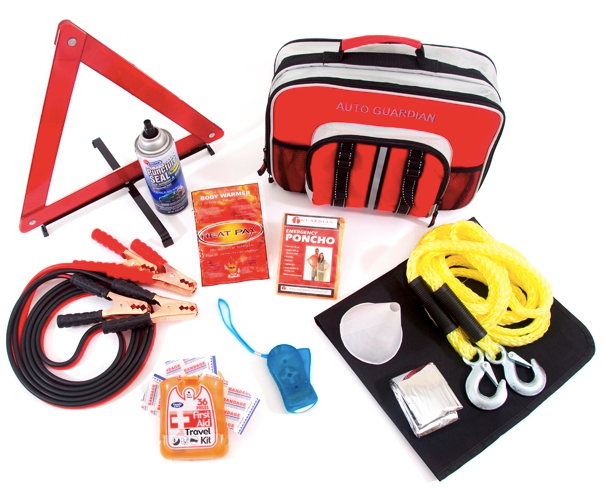
- Flashlight with extra batteries
- First aid kit
- Bottled water and non-perishable snacks
- Reflective signs or flares
- Multipurpose tool
- Cell phone charger pack
- Jumper cables
Why Choosing the Right Tires Matters
Not all tires are created equal. Quality tires have reinforced sidewalls and better treading patterns and are constructed to endure harsh conditions. Investing in good-quality tires minimizes the risk of blowouts and ensures a smoother and safer ride.
Check the Spare Tire and Tire Changing Equipment
We often neglect to think about the spare tire until we are stuck on the side of the road with a tire blowout. All late-model vehicles have tire pressure monitoring systems that detect low air pressure, but very few cars come standard on zero-pressure or run-flat tires.
If your vehicle is not equipped with run-flat tire models, you will have a spare tire in the trunk or suspended under the rear car.
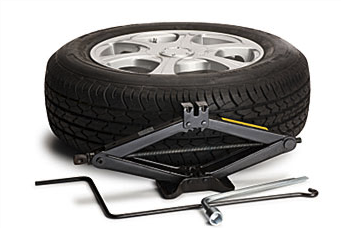
Before you leave home, check the tire to ensure it is properly inflated. Deflated spare tires do not help in a tire blowout.
The spare tire will also be of little use if you don’t have the equipment to get the flat tire off the vehicle. Ensure you have a working jack and the correct lug wrench size. Don’t forget to locate a wheel lock or special security adapter to loosen the wheels off the vehicle.
Stay Alert While Driving
Apart from respecting the speed limits and keeping a safe distance from other vehicles, the most important thing we can do while driving is to be attentive. Keeping two hands on the wheel and giving your full attention to driving is super important in the event of a tire blowout.
A tire blowout will cause the car to pull sharply to one side. If the blowout is on the front left, the vehicle will pull towards oncoming traffic. An attentive driver, with two hands on the wheel, will gently correct against the pulling motion caused by the flat tire.
A distracted driver is more likely to react by jerking the steering wheel and stomping on the brakes, which could be disastrous. Don’t panic; hit the brakes when you hear the loud noise and feel the steering wheel lunge to the side during a tire blowout.
Keeping your forward motion and the vehicle’s weight evenly distributed on the four tires is essential. This will help you stay in your lane and maintain vehicle control. Once you have re-established control, you can turn on your emergency flashers or turn indicators and start to edge toward the side of the road.
Preventing Tire Blowouts
Prevention is always better than cure. Here’s what you can do to reduce the risk:
- Regular Inspections: Make it a habit to check your tires regularly for signs of wear, tear, or damage.
- Maintain Proper Tire Pressure: Always keep your tires inflated to the manufacturer’s recommended level.
- Rotate Your Tires: This ensures even wear, extending their life and reducing blowout risk.
- Avoid Overloading: Be cautious not to exceed your vehicle’s load capacity.
- Drive Sensibly: Avoid speeding and swerve clear of potholes or road debris.
Correct air pressure
Tires are already susceptible to overheating during summer. Low air pressure compounds this problem because the tire sidewalls flex more than necessary, causing the tires to heat up.
Before every long trip, you must check the air pressure in your tires against the air pressure recommendation. This data can usually be found on a placard inside the driver’s side door post.
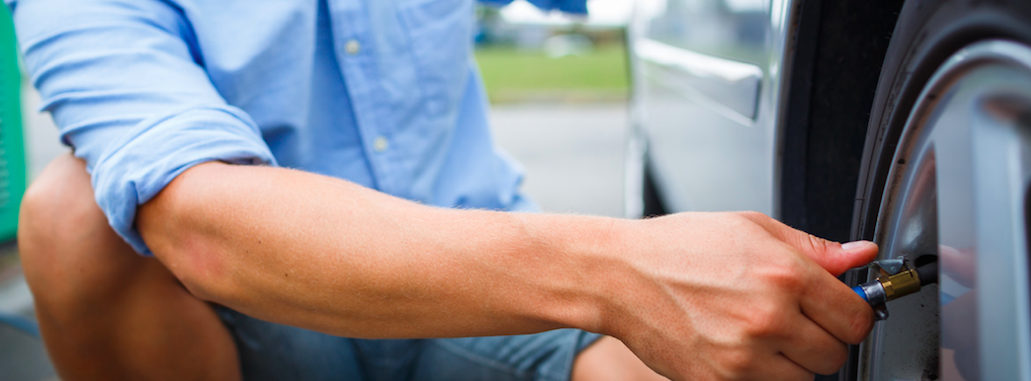
Check your tire pressure, and make any adjustments by adding air while the tires are excellent (before use).
Safety First
If you end up stranded with a flat tire on the side of the road, you can call for help or change the tire yourself. In either case, pull the vehicle as far over onto the shoulder of the road as possible. Avoid stopping the car on a corner or bend in the road where you are not easily seen by drivers coming from either direction.
Place reflective signals or flares up to 100 yards behind the vehicle to ensure other drivers see you in the lane closest to you. If there is space and traffic permits, proceed with changing the tire as quickly as possible. If you are stuck on the side of a busy, high-speed highway, consider waiting for the wrecker to arrive.
Moving the vehicle to the nearest garage, where a professional can install the spare, is usually safer. Many new cars come with emergency road service for some time, and even the basic AAA memberships include free towing. If you have these programs, consider calling for service before attempting to change the tire yourself.
Conclusion
While tire blowouts can be a daunting experience, understanding their causes and prevention can significantly reduce the risks. And when it’s time to replace your tires, always choose quality over savings.
While unexpected and potentially dangerous, tire blowouts can be mitigated mainly through understanding and preventive measures. Regular maintenance, vigilant inspections, and investing in high-quality tires are paramount to ensuring road safety.
As drivers, being prepared and informed is crucial, turning unforeseen situations into manageable events. Trust in quality tire solutions and drive with the assurance that you’re safeguarded against the unexpected.
Tires-easy is Ready to Assist
Heading out for the holidays can be stressful, but being prepared on as many fronts as possible can help ease the ride. If you have any concerns about the condition of your tires or need new tires, check out Tires Easy. We have the best prices on tires and a lot of other helpful information about tires and tire safety.
FAQs
How can you prevent a tire blowout?
Preventing a tire blowout involves regular maintenance and inspections. Ensure your tires are inflated to the manufacturer’s recommended pressure, avoid overloading your vehicle, check tires regularly for wear or damage, and rotate and replace them as needed. It’s also crucial to avoid driving over potholes, sharp objects, and other road hazards.
What is the most common cause of tire blowouts?
The most common cause of tire blowouts is underinflation. When tires are underinflated, they can’t handle loads optimally and can overheat, leading to failure. Overloading the vehicle, punctures, and wear and tear can also cause blowouts.
What are the five steps to handle a tire blowout?
- Stay calm and maintain a firm grip on the steering wheel.
- Do not slam on the brakes; let the car gradually slow down.
- Steer your vehicle straight and move to a safe spot off the road.
- Once safely stopped, turn on your hazard lights.
- If you’re equipped and it’s safe, change the tire. Otherwise, call for professional assistance.
What three things can cause tire blowouts?
Three main factors leading to tire blowouts are:
- Underinflation – causing the tire to overheat and deteriorate.
- Overloading – exceeding the tire’s weight capacity.
- External damage – punctures, cuts, or impact damage from road hazards.
-
Writer




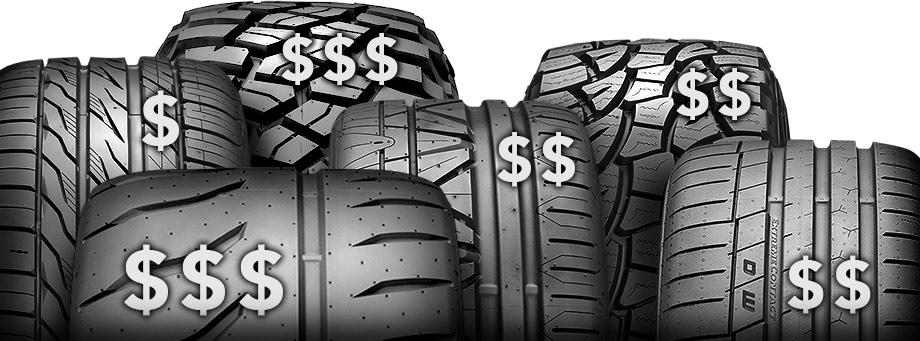


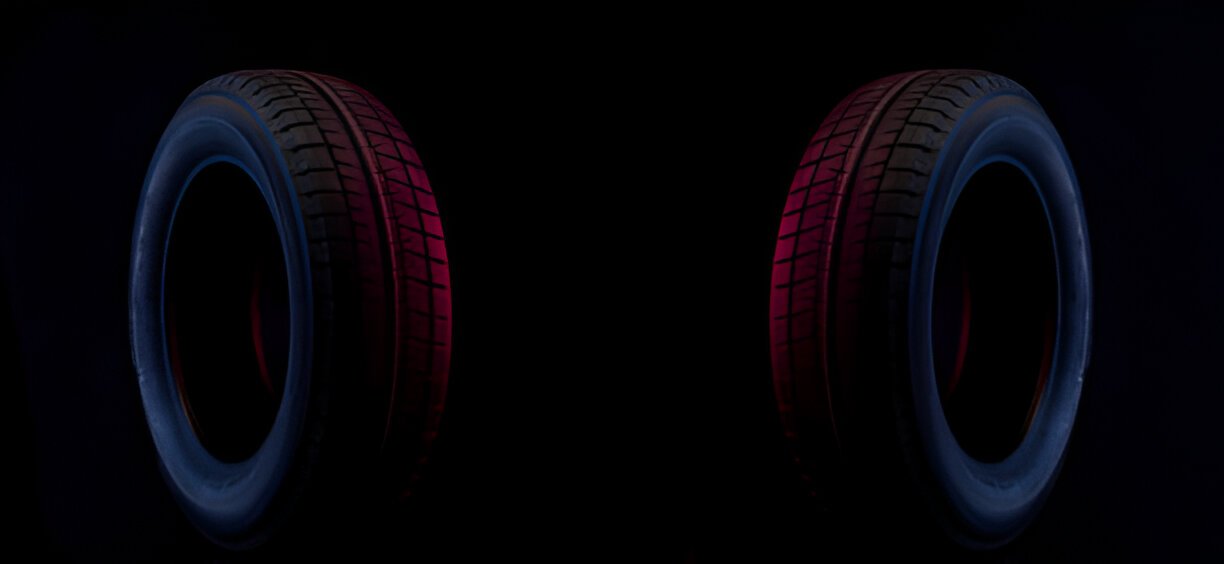

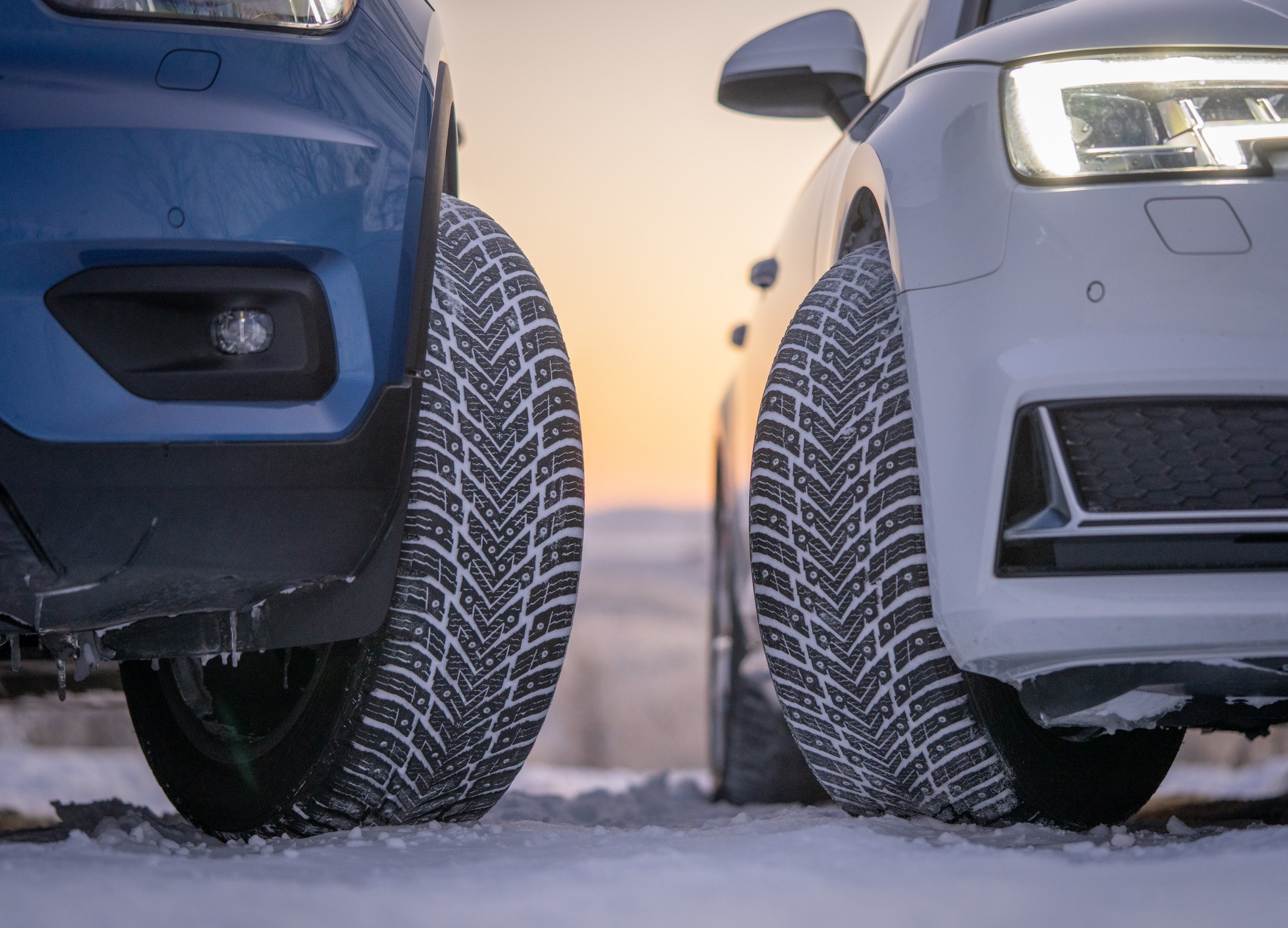
 English
English Français
Français Español
Español